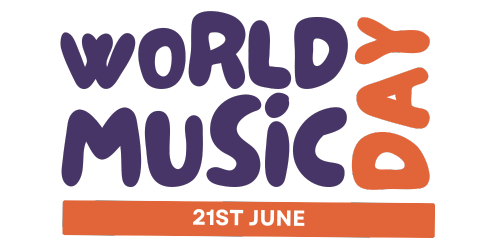Incorporating movement and dance into music lessons is a dynamic way to enhance learning, engagement, and physical activity among primary/elementary students. Movement activities not only support musical concepts like rhythm, tempo, and dynamics but also contribute to students’ physical development and social skills. Here’s how teachers can effectively integrate movement and dance into their music curriculum.
Understanding the Benefits
1. Enhances Musical Understanding: Movement activities help students experience music concepts firsthand, making abstract ideas like beat, rhythm, and tempo more tangible and understandable.
2. Supports Physical Development: Dance and movement contribute to the development of motor skills, coordination, and overall physical fitness.
3. Encourages Social Interaction: Group dance and movement activities foster teamwork and communication, promoting social interaction and cooperation among students.
4. Facilitates Emotional Expression: Movement allows students to express themselves creatively, supporting emotional development and self-expression.
Strategies for Integration
5. Start with Simple Movements: Introduce basic movements that align with musical concepts. For example, marching to the beat, clapping rhythm patterns, or swaying to the melody. These activities can be easily integrated into listening exercises or performances.
6. Use Interactive Songs: Choose songs with built-in movement instructions or create simple choreographies for familiar songs. Interactive songs like “The Hokey Pokey” or “Head, Shoulders, Knees, and Toes” are engaging and help reinforce body awareness and coordination.
7. Explore Creative Movement: Encourage students to interpret music through free movement. Play a variety of musical pieces and ask students to express the music’s mood, dynamics, or imagery through their movements. This activity fosters creativity and personal expression.
8. Incorporate Props and Instruments: Use props like scarves, ribbons, or tambourines to enhance movement activities. Props can make the activities more engaging and visually stimulating, providing additional ways for students to interact with the music.
Planning Movement Activities
9. Consider Space and Safety: Ensure there is enough space for movement activities and that the area is safe for dancing and moving around. Remove any potential hazards and organize students to prevent collisions.
10. Integrate with Other Subjects: Movement and dance can be connected to lessons in other subjects, such as storytelling in language arts or patterns in math. This cross-curricular approach can deepen learning and engagement.
11. Adapt to Student Needs: Be mindful of students’ physical abilities and comfort levels with movement and dance. Adapt activities to be inclusive and accessible to all students, providing alternatives or modifications as needed.
Reflecting and Assessing
12. Encourage Reflection: After movement activities, engage students in discussions about their experiences. Ask them how their movements reflected the music and what they learned about the musical concepts explored.
13. Assess Participation and Understanding: Assess students based on participation, effort, and creativity rather than technical skill. Focus on how well they were able to express musical concepts through movement.
Conclusion
Incorporating movement and dance into music lessons offers a holistic approach to music education, addressing the cognitive, physical, social, and emotional aspects of learning. By carefully planning activities that are fun, inclusive, and educationally meaningful, teachers can enhance students’ musical understanding and enjoyment, fostering a more engaging and vibrant music classroom.
